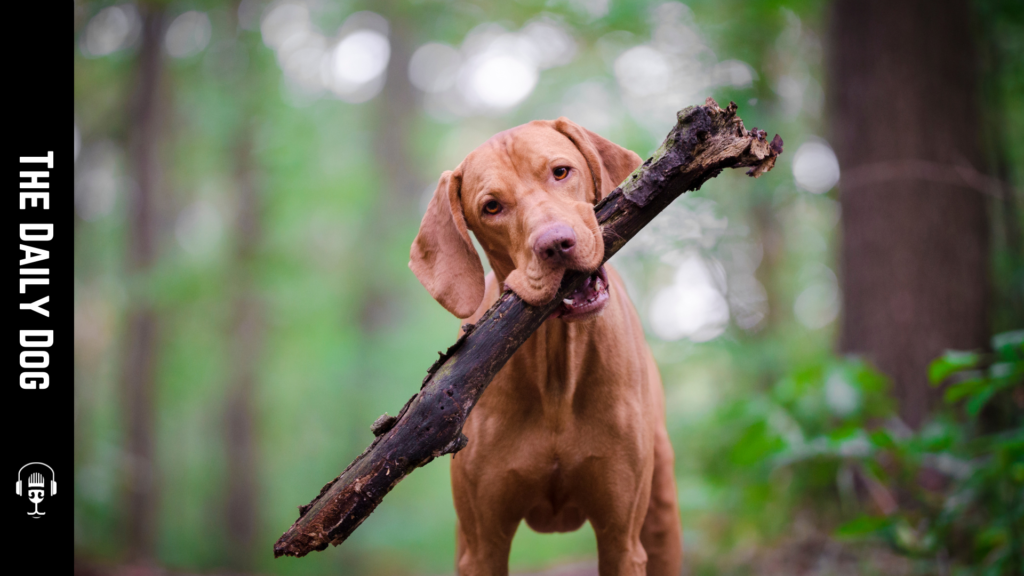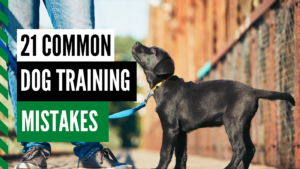The Vizsla, often called the “Velcro dog” because of its loyal and affectionate nature, is a striking and intelligent breed that captures the hearts of dog enthusiasts worldwide. Known for their sleek appearance, boundless energy, and friendly demeanor, Vizslas are ideal companions for active families, outdoor enthusiasts, and anyone seeking a loyal, versatile, and trainable dog. This article will explore everything you need to know about the Vizsla—its history, temperament, health, care needs, and why it might be the perfect addition to your family.
The Origin and History of the Vizsla
The Vizsla’s roots trace back over a thousand years in Central Europe, specifically Hungary, where it was developed as a versatile hunting dog. The breed’s name, “Vizsla,” likely derives from the Hungarian word “viz,” meaning “water,” highlighting its proficiency in waterfowl hunting. Historically, Vizslas were prized for their exceptional scenting ability, speed, agility, and gentle touch when retrieving game.
Their ancestors are believed to be related to ancient hunting dogs depicted in Hungarian and other European artworks, dating back to the 10th and 11th centuries. These dogs were selectively bred for their keen eyesight, agility, and loyalty, which remain prominent in modern Vizslas. The Hungarian Kennel Club officially recognized the breed in the 1800s, and later, it gained international recognition for its outstanding hunting and companionship qualities.
Today, Vizslas are appreciated for their hunting prowess and as family pets, therapy dogs, and active companions. Their rich history and versatile nature make them a fascinating breed with a profound cultural legacy.
Physical Characteristics and Appearance
The Vizsla is a medium-sized breed characterized by its athletic build and elegant appearance. Here are some key physical features:
- Size: Adult males typically stand between 22 and 24 inches tall at the shoulder and weigh around 45 to 65 pounds. Females are slightly smaller, measuring 21 to 23 inches and weighing 40 to 55 pounds.
- Coat: Their short, smooth coat is dense and rust or golden-rust. The coat is weather-resistant, making it suitable for outdoor activities in various climates.
- Eyes: Expressive, almond-shaped eyes are usually a warm amber or hazel, conveying intelligence and friendliness.
- Ears: They have medium-sized, floppy ears that hang close to the head.
- Build: The Vizsla has a lean, muscular body emphasizing agility and stamina. It is built for endurance rather than brute strength.
Their appearance exudes elegance and athleticism, making them one of the most visually appealing sporting breeds.
Temperament and Personality Traits
The Vizsla’s personality is as vibrant as its appearance. Known for their affectionate nature, they are called “Velcro dogs” because they form powerful bonds with their owners. Here are some personality traits that define the breed:
- Loyal and Affectionate: Vizslas thrive on companionship and often prefer to stay close to their human family members. They are gentle, loving, and eager to please.
- Intelligent and Trainable: Highly intelligent Vizslas excel in obedience training and are quick learners. They respond well to positive reinforcement techniques.
- Energetic and Playful: This breed has a high energy level and requires plenty of exercise. Without sufficient activity, they can become bored and potentially develop behavioral issues.
- Sociable and Friendly: Vizslas are generally friendly with children, other dogs, and strangers, making them excellent family pets and social dogs.
- Sensitive and Empathetic: They are perceptive of their owner’s moods and respond empathetically, making them good therapy and service dogs.
Because of their affectionate and loyal nature, Vizslas are best suited for active families or individuals who can provide them with regular mental and physical stimulation.
Health and Common Medical Concerns
Like all breeds, Vizslas are prone to specific health issues. Responsible breeding, regular veterinary checkups, and a healthy lifestyle can mitigate many risks. Here are common health concerns associated with the breed:
- Hip Dysplasia: A genetic condition where the hip joint doesn’t develop properly, leading to arthritis or lameness. Regular screening and maintaining a healthy weight can help prevent issues.
- Epilepsy: Seizures can occur, and medication may be necessary to manage the condition.
- Progressive Retinal Atrophy (PRA): An inherited eye disorder that can lead to blindness.
- Cancer: Like many breeds, Vizslas can be susceptible to certain types of cancer, emphasizing the importance of regular health screenings.
- Allergies: Some Vizslas may develop food or environmental allergies, leading to skin irritations.
The average lifespan of a Vizsla is approximately 12 to 14 years. Ensuring they have a balanced diet, regular exercise, and routine vet visits can help prolong and improve their quality of life.
Exercise and Activity Needs
One of the most defining characteristics of the Vizsla is their high energy level. They are a breed bred to work and require significant daily physical activity. Here’s what a typical exercise routine might include:
- Daily Walks: At least 1 to 2 hours of brisk walking or jogging.
- Off-Leash Play: Safe, enclosed areas for running and retrieving games.
- Mental Stimulation: Puzzle toys, obedience training, and agility exercises to keep their minds sharp.
- Hunting or Sporting Activities: They excel in tracking, hunting, flyball, and agility competitions.
Failure to meet their exercise needs can lead to boredom, destructive behavior, or excessive barking. Vizslas thrive in active households that can provide them with ample opportunities to burn off their energy.
Grooming and Care Requirements
Maintaining a Vizsla’s coat and overall health is straightforward due to their short-haired coat. Here are some grooming tips:
- Brushing: Weekly brushing with a rubber curry brush or grooming glove helps remove loose hair and distribute skin oils.
- Bathing: Bathe only as needed, typically every few months or when they’re filthy.
- Ears: Regularly check and clean their floppy ears to prevent infections.
- Nails: Keep nails trimmed to prevent discomfort and maintain mobility.
- Dental Care: Brush their teeth regularly to prevent dental diseases.
As active dogs, Vizslas also benefit from routine health checks, a nutritious diet, and adequate hydration.
Training and Socialization Tips
Training a Vizsla can be a rewarding experience due to their intelligence and eagerness to please. Here are some tips:
- Start Early: Socialize and introduce basic commands from a young age.
- Positive Reinforcement: Use treats, praise, and play to motivate learning.
- Consistent Routine: Maintain a regular training schedule to ensure understanding and obedience.
- Mental Engagement: Incorporate puzzle toys and obedience exercises to challenge their minds.
- Socialization: Expose them to various environments, people, and other animals to develop confidence and good manners.
Because they are sensitive dogs, harsh training methods can be counterproductive. Patience and consistency are key.
Is a Vizsla the Right Dog for You?
The Vizsla’s energetic, affectionate, and intelligent nature makes them an excellent choice for:
- Active individuals or families who enjoy outdoor activities.
- Owners with a secure yard or access to outdoor spaces.
- People are willing to invest time in training, socialization, and exercise.
- Those seeking a loyal and affectionate companion who thrives on human interaction.
However, they may not be ideal for apartment living unless their exercise needs are met. They require much attention and stimulation; otherwise, they may develop behavioral issues like barking or digging.
Final Thoughts
The Vizsla is a breed that embodies loyalty, intelligence, and athleticism. Its striking appearance and loving personality make it one of the most desirable family dogs for active households. If you’re prepared to meet its exercise and social needs, the Vizsla can become a devoted and joyful addition to your life.
By understanding their history, physical traits, temperament, and care requirements, you can provide the best environment for a healthy, happy Vizsla—an energetic, affectionate, and loyal companion who will enrich your life in countless ways.










